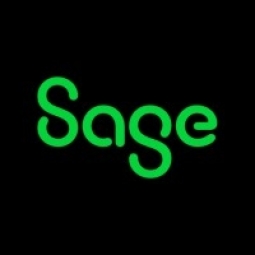Customer Company Size
Mid-size Company
Region
- America
Country
- United States
Product
- Sage ERP X3
- Automated RF Data Collection
Tech Stack
- Microsoft Access
Implementation Scale
- Enterprise-wide Deployment
Impact Metrics
- Productivity Improvements
- Cost Savings
Technology Category
- Functional Applications - Enterprise Resource Planning Systems (ERP)
Applicable Industries
- Food & Beverage
Applicable Functions
- Discrete Manufacturing
- Quality Assurance
Use Cases
- Manufacturing System Automation
- Inventory Management
Services
- System Integration
About The Customer
Blount Fine Foods is a food manufacturing company based in Fall River, Massachusetts. The company has been providing premium-quality food for food service, retail, and club store customers since 1946. Using the finest ingredients assembled with creative culinary expertise and the highest quality standards, Blount Fine Foods maintains its leadership in the industry. The company has enjoyed strong growth, doubling revenues over the past several years and expanding its product offerings to include dips, sauces, and spreads in addition to its signature line of soup. The company employs around 300 people.
The Challenge
Blount Fine Foods switched to Sage ERP X3 in 2006 when it became apparent that its legacy system could not support the company’s growing operations. The previous system had limited process manufacturing capabilities so formulas, recipes, and work orders were managed in a Microsoft Access database. Compounding the problem, only a few people had the ability to access the data. The company evaluated several solutions, but found most to be overly complex with high maintenance and overhead costs. “We wanted a system that could manage our business, be installed easily, and was scalable,” adds Pitzer. “Sage ERP X3 meets all of our requirements. It offers strong process manufacturing capabilities, provides an integrated development environment, and comes at an attractive price point.”
The Solution
Blount Fine Foods uses an optional add-on module for Sage ERP X3—Automated RF Data Collection. It facilitates the seamless and secure processing of a broad array of shop floor and warehouse business transactions. The module takes data entered on the shop floor and warehouse from automated input devices, verifies its accuracy, and passes the data to Sage ERP X3 for immediate update. It also manages the entire network of devices, generates prompts on the data collection devices to ensure accurate data collection, even ensures that data is saved during system downtime. “It is used very effectively throughout the facility,” notes Pitzer. “And the ruggedized RF readers even can operate in our freezers.”
Operational Impact
Quantitative Benefit

Case Study missing?
Start adding your own!
Register with your work email and create a new case study profile for your business.
Related Case Studies.

Case Study
The Kellogg Company
Kellogg keeps a close eye on its trade spend, analyzing large volumes of data and running complex simulations to predict which promotional activities will be the most effective. Kellogg needed to decrease the trade spend but its traditional relational database on premises could not keep up with the pace of demand.
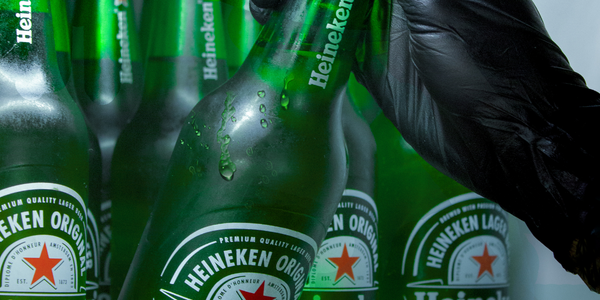
Case Study
HEINEKEN Uses the Cloud to Reach 10.5 Million Consumers
For 2012 campaign, the Bond promotion, it planned to launch the campaign at the same time everywhere on the planet. That created unprecedented challenges for HEINEKEN—nowhere more so than in its technology operation. The primary digital content for the campaign was a 100-megabyte movie that had to play flawlessly for millions of viewers worldwide. After all, Bond never fails. No one was going to tolerate a technology failure that might bruise his brand.Previously, HEINEKEN had supported digital media at its outsourced datacenter. But that datacenter lacked the computing resources HEINEKEN needed, and building them—especially to support peak traffic that would total millions of simultaneous hits—would have been both time-consuming and expensive. Nor would it have provided the geographic reach that HEINEKEN needed to minimize latency worldwide.
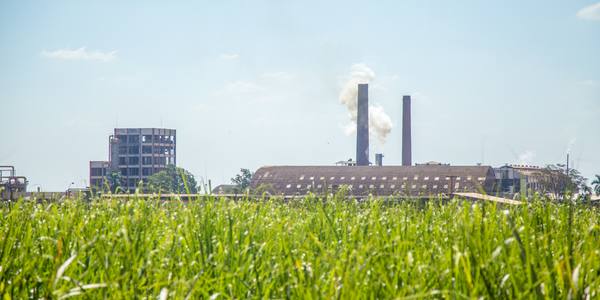
Case Study
Energy Management System at Sugar Industry
The company wanted to use the information from the system to claim under the renewable energy certificate scheme. The benefit to the company under the renewable energy certificates is Rs 75 million a year. To enable the above, an end-to-end solution for load monitoring, consumption monitoring, online data monitoring, automatic meter data acquisition which can be exported to SAP and other applications is required.
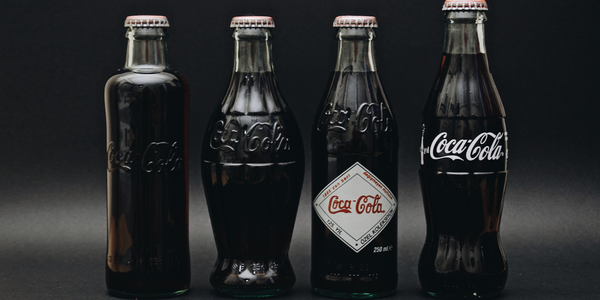
Case Study
Coca Cola Swaziland Conco Case Study
Coco Cola Swaziland, South Africa would like to find a solution that would enable the following results: - Reduce energy consumption by 20% in one year. - Formulate a series of strategic initiatives that would enlist the commitment of corporate management and create employee awareness while helping meet departmental targets and investing in tools that assist with energy management. - Formulate a series of tactical initiatives that would optimize energy usage on the shop floor. These would include charging forklifts and running cold rooms only during off-peak periods, running the dust extractors only during working hours and basing lights and air-conditioning on someone’s presence. - Increase visibility into the factory and other processes. - Enable limited, non-intrusive control functions for certain processes.
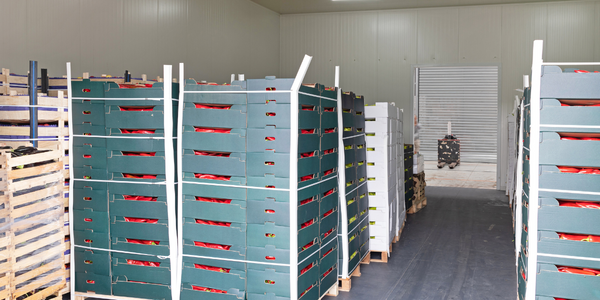
Case Study
Temperature Monitoring for Restaurant Food Storage
When it came to implementing a solution, Mr. Nesbitt had an idea of what functionality that he wanted. Although not mandated by Health Canada, Mr. Nesbitt wanted to ensure quality control issues met the highest possible standards as part of his commitment to top-of-class food services. This wish list included an easy-to use temperature-monitoring system that could provide a visible display of the temperatures of all of his refrigerators and freezers, including historical information so that he could review the performance of his equipment. It also had to provide alert notification (but email alerts and SMS text message alerts) to alert key staff in the event that a cooling system was exceeding pre-set warning limits.
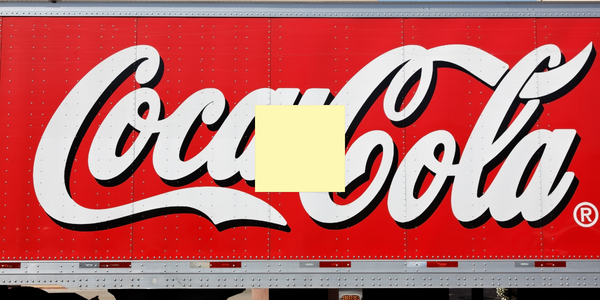
Case Study
Coca-Cola Refreshments, U.S.
Coca-Cola Refreshments owns and manages Coca-Cola branded refrigerators in retail establishments. Legacy systems were used to locate equipment information by logging onto multiple servers which took up to 8 hours to update information on 30-40 units. The company had no overall visibility into equipment status or maintenance history.




